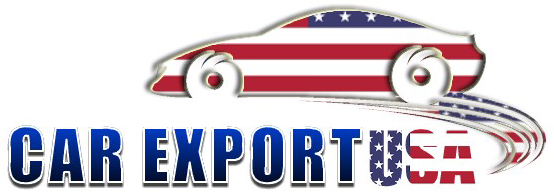Guide for Car Shipping
Which mode of shipping is suitable for me: Container or Ro-Ro (Roll-On Roll-Off)?
Most appropriate and suitable model of car or vehicle for transportation in fact is dependent on various factors. On customer’s side factors include the size of the car/s and number of cars intended to be imported. Factors on transporter’s side account for considerations such as the type of vessels, and availability on some specific route. We provide help in deciding whether container shipping or Ro-Ro shipping will best suit you.
How to find length, width and weight of the car?
The length of the car is measured from bumper to bumper. Whereas overall width of the car is measured at the widest point which may be determined by marking the wide points on ground by a drop line. Width is then taken as the measurement between those points. The weight of the car is the total weight of fully loaded car containing all gadgetries/equipment.
Who will arrange for loading and security of car if being transported by the container?
We take it up, from picking, packing, loading and finally delivering your car to the port of transportation. To pick your car we extend this facility from either of a car dealer, private seller, car trader, eBay seller, copart, liquidation auction, insurance auction iaai, car storage, or anywhere in the US and deliver to loading location.
Official papers required for Customs formalities
In order to avoid unnecessary delay all the important essential documents should be gathered on time. For your guidance a list of documents which in any case are required to be presented to US Customs and for customs clearance at most of the destination countries, is reproduced below:
- Bill of sale, invoice or proof of value when the car is already owned by the importer.
- Car Title Original and Copy
- Photo ID: Passport or Driver’s license copy
- Filled out Letter of Intent (provided by us)
Documentation ready in all respects provided to us in advance will help us liaise with authorities concerned to ensure availability of your car at the earliest. Please feel free contacting us for more information regarding the type of clearance that suits best in your case. To correct completion of all documents at the point of origin, this issue is thoroughly discussed at best before the vessel move. You will find the very cordial staff at Car Export USA guiding you flawlessly through the entire process.
What must be done for safety and protection of car?
Technically two important actions you must take before loading your car. One, the batteries are unplugged, and second, keep the fuel not more than ¼ of the full fuel tank (i.e. only one-fourth of fuel tank be filled) when shipping either by conventional vessels, container or Ro-Ro.
Do I need to insure it during transit?
We strongly recommend getting insurance because shipping line’s liability is limited. Marine cargo insurance though is optional and can be employed under the marine open policy. All transporters, (conventional vessels or containers) put on bills of lading “shipped on deck at shippers’ risk”.
A few companies press on ‘inspection report’ of the car, as well.
Types of cover.
- Total Loss. This type of insurance coverage deals and covers cases when the car is untraceable or is totally lost overboard due to fire etc.
- All Risks. This type covers total loss plus theft. It also covers any damage according to an already agreed value.
The insurance premium is a minimum value calculated from ‘certain’ percentage of declared value.
How is Insured Value calculated?
Insurance of car for shipping necessitates our coverage of ‘all’ costs incurring and associated with shipping. In this way you can collect back the value/cost of car and costs for freight plus expenses associated with it, in the case of total loss.
For Example:
Insures value X premium. = (Car Value + Ocean Freight + 10%)
This 10% is in fact an additional amount which is included to cover expenses associated with ‘Total loss’ occurrence. This amount is not directly linked to shipping. For example if someone spent on airline’s ticket and accommodation to purchase a car, this 10% would help cover partially of totally in case of total loss.
What to do when the car arrives at its destination?
It is better if customs clearance is already initiated or obtained before the car reaches its destination. Most of the time we deal with it for you as we can but alternatively you may hire a local customs broker at the destination.
For any more information and details you may please contact us.
